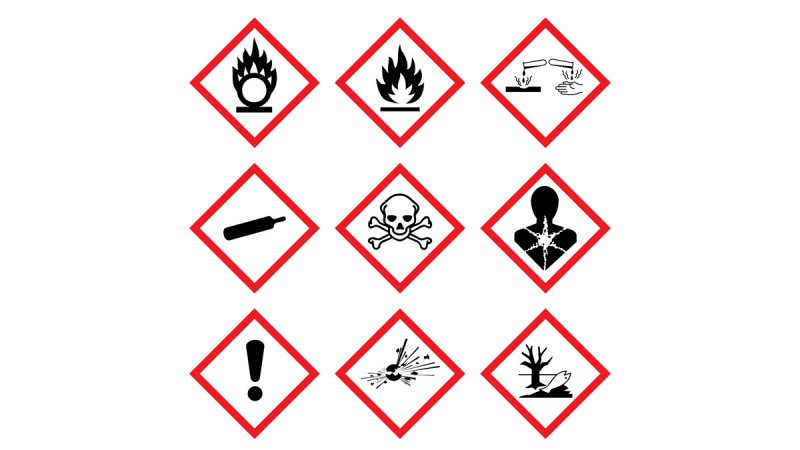Dual use items are defined as goods, software or technology which can be used for both civil and military applications. Dual use items include materials, components or complete systems used in production or development of military goods and weapons of mass destruction. Some examples include night vision systems, parachutes, plant pathogens, bacteria and electronics components such as transistors.
How are dual use items categorised?
Dual use goods are categorised into ten internationally recognised groups. These categories are then further divided into five product groups. These classifications help with the export and import process. The categories are:
- Category 0 – Nuclear materials, facilities and equipment
- Category 1 – Materials, chemicals, microorganisms and toxins
- Category 2 – Materials Processing
- Category 3 – Electronics
- Category 4 – Computers
- Category 5 – Telecommunications and information security
- Category 6 – Sensors and lasers
- Category 7 – Navigation and avionics
- Category 8 – Marine
- Category 9 – Aerospace and Propulsion
The five product group categories are:
- Systems, Equipment and Components
- Test, Inspection and Product Equipment
- Material
- Software
- Technology

Trade Controls
These categories can help you to determine whether the goods you intend to export or import will be subject to trade controls. Trade Controls are restrictions imposed on the transfer of items from one country to another by any individual, company, government or public body. These controls were put in place in order to control the risk of certain goods and technologies falling into the wrong hands. Examples of trade controls include the requirement of a business to obtain an export licence before they can transport dual use items.
If you’re exporting items that might be classed as dual use, it’s your responsibility to check whether they’re subject to trade controls. You can use the UK Strategic Export Control List to determine whether any of the goods you wish are dual use items. If you identify one of your items in the Control List, you’ll need to apply for a licence from the Export Control Joint Unit (ECJU). However, even if you don’t recognise any of your products on the list, they may be subject to export controls due to their ‘end-use’. There is an online ‘Checker Tools’ database that you can use to clarify any uncertainties you might have. Licences should be applied for well in advance to avoid any delays or potential problems.
The EU Dual Use Regulation, also known as Council Regulation (EC) No 428/2009, is the main legal basis for export controls on dual use items. This legislation applies to all EU countries. The regulations are officially updated on an annual basis in order to reflect controls on new items. In some cases, the legislation must be updated in response to changes in international control regimes. It’s important to stay up to date with legislative and licencing updates, especially if your business regularly exports dual use items.
Why is it important to control the exportation of dual use items?
It’s very important that the exportations of dual use items are controlled and managed responsibly. If these goods are not properly monitored, they may end up in countries with embargoes imposed. An ’embargo’ is an order imposed by the government that restricts trade with specific countries. They’re usually created following unfavourable political or economic circumstances between nations. As dual use items have the potential to help develop weapons of mass destruction, it’s important to control their exportation sensibly. Some of the procedures involved with trade controls might seem unnecessarily lengthy, but they were implemented to protect a nation’s security, economic interests and foreign policies.









